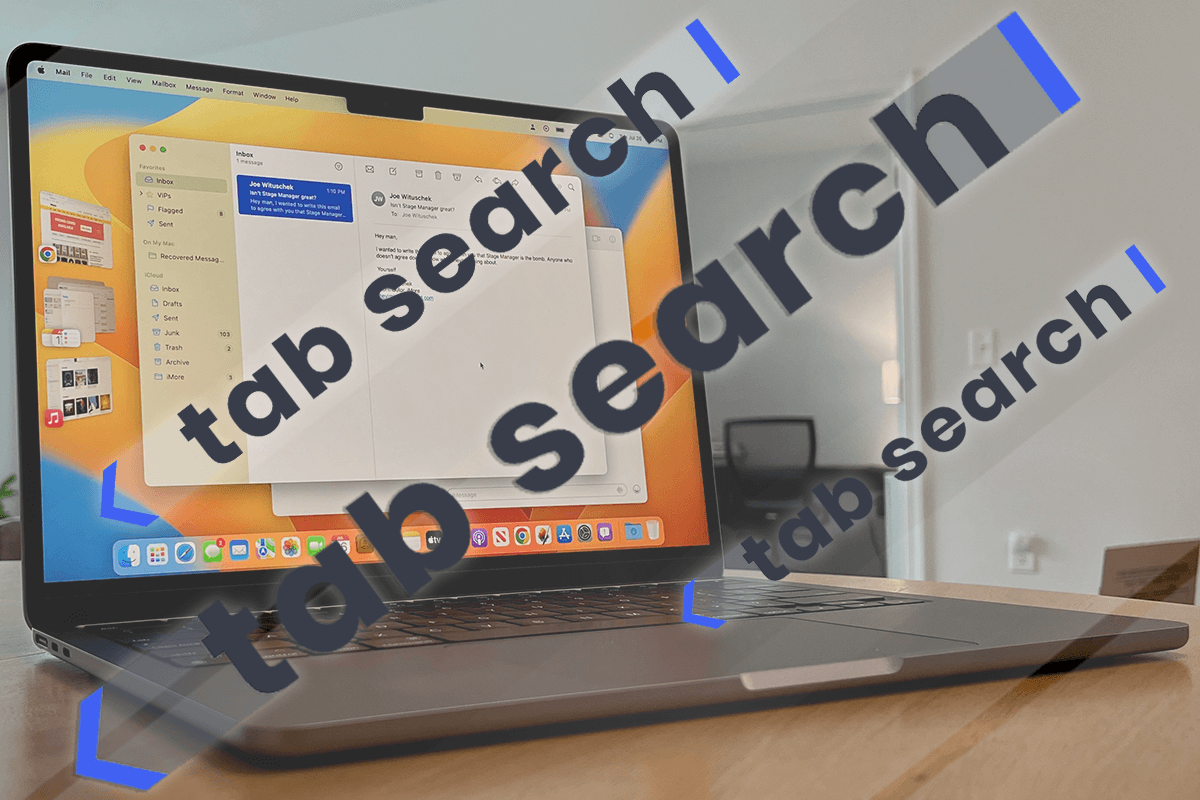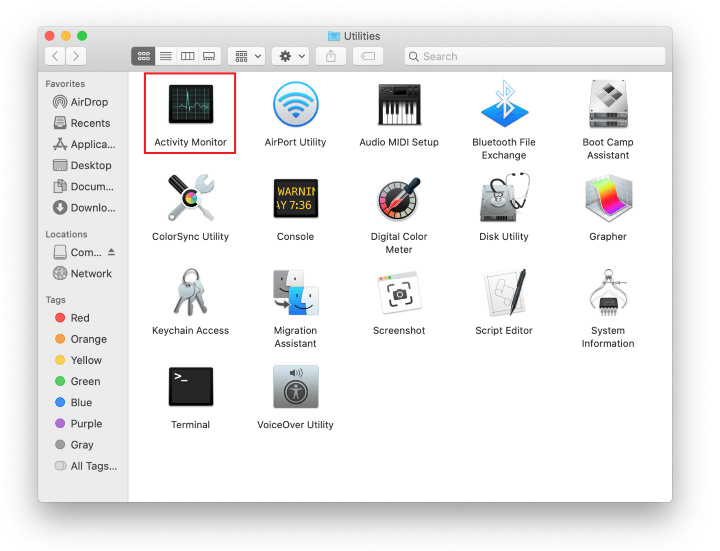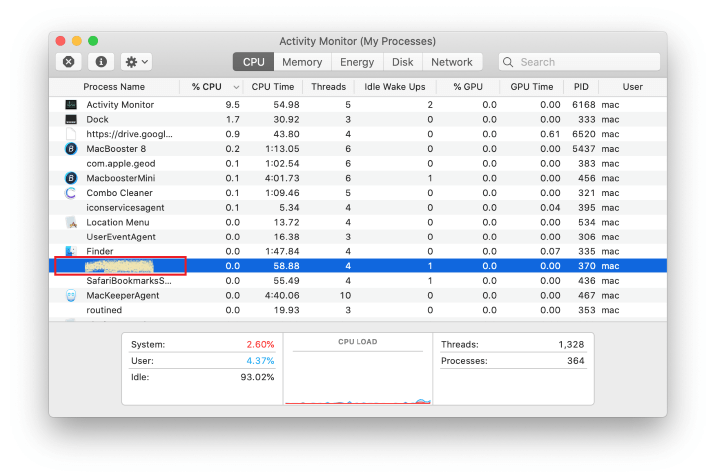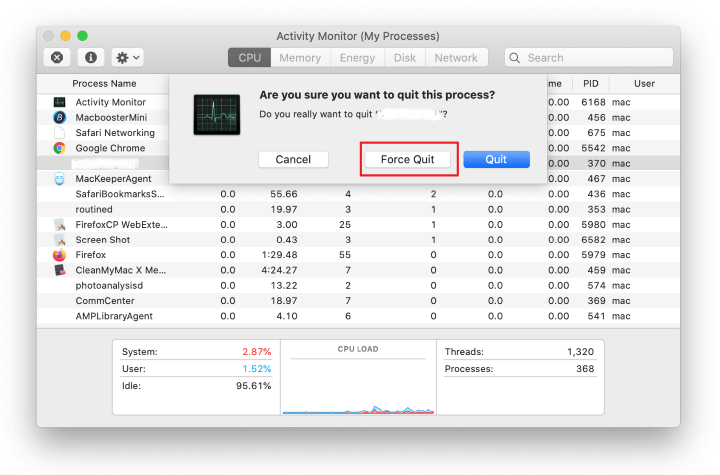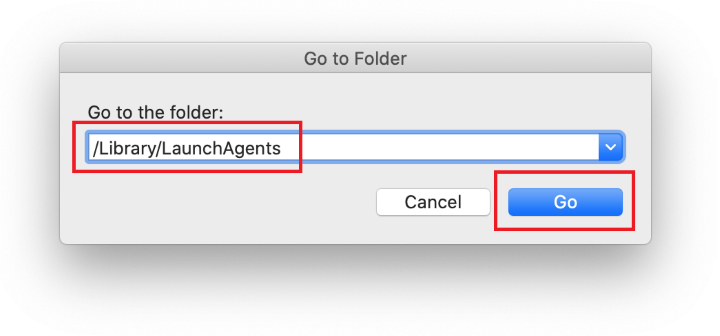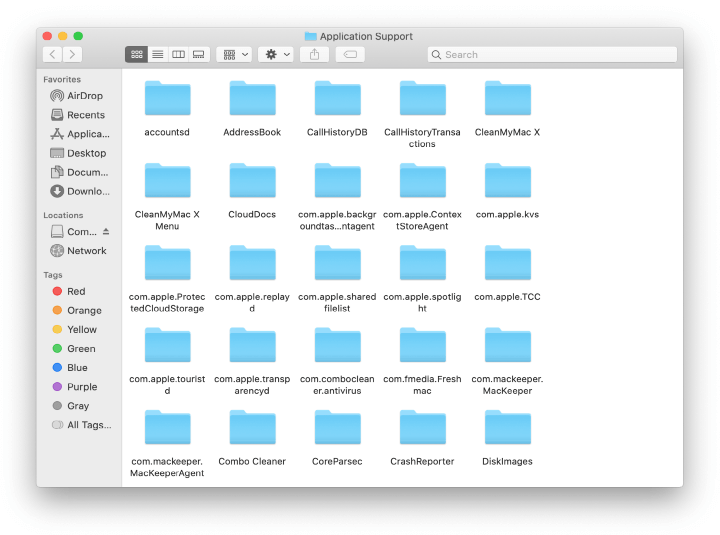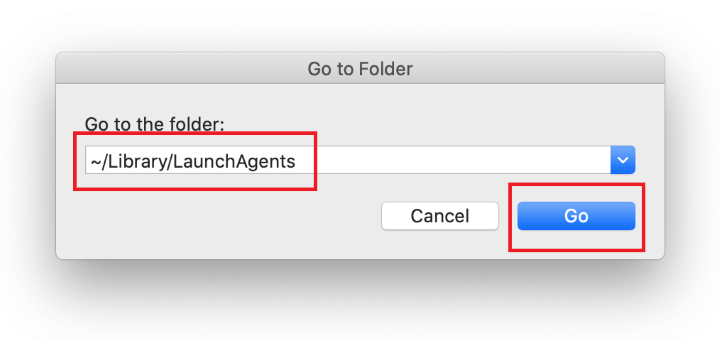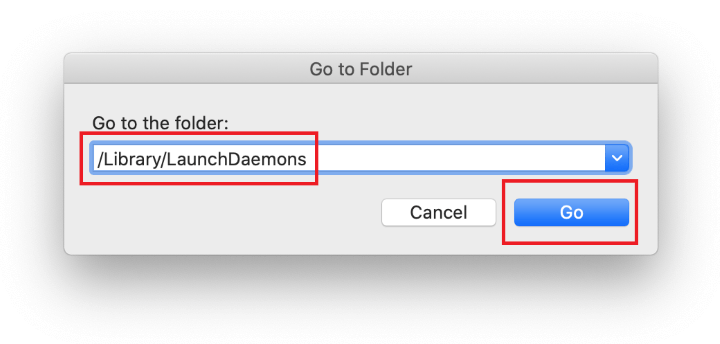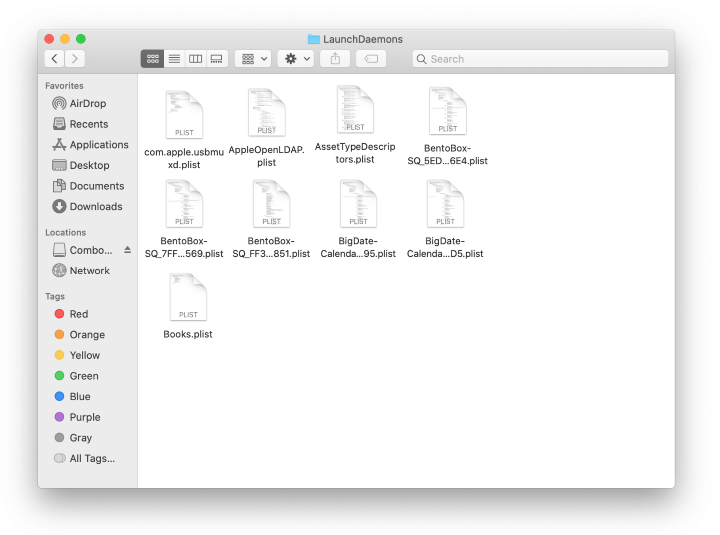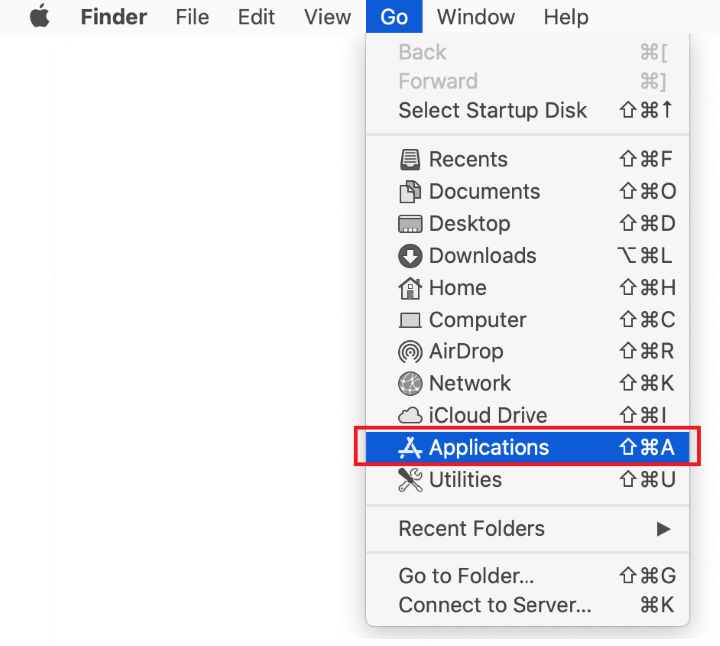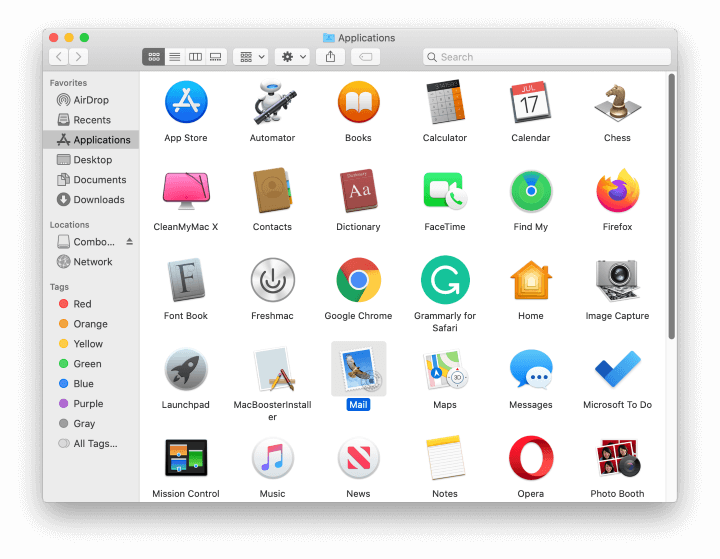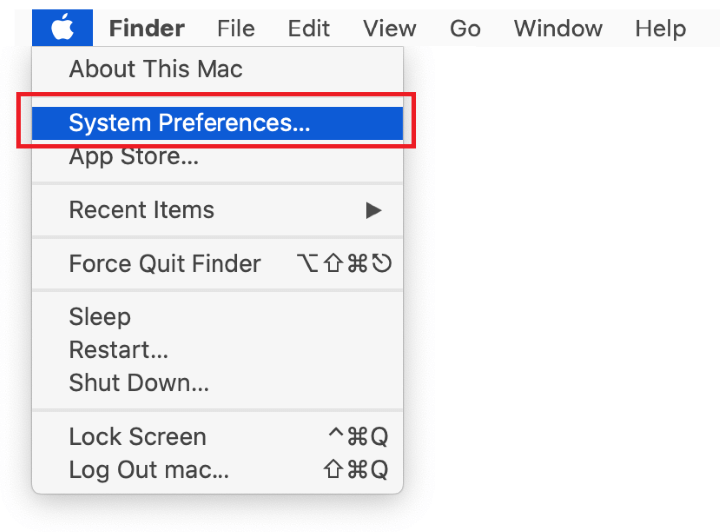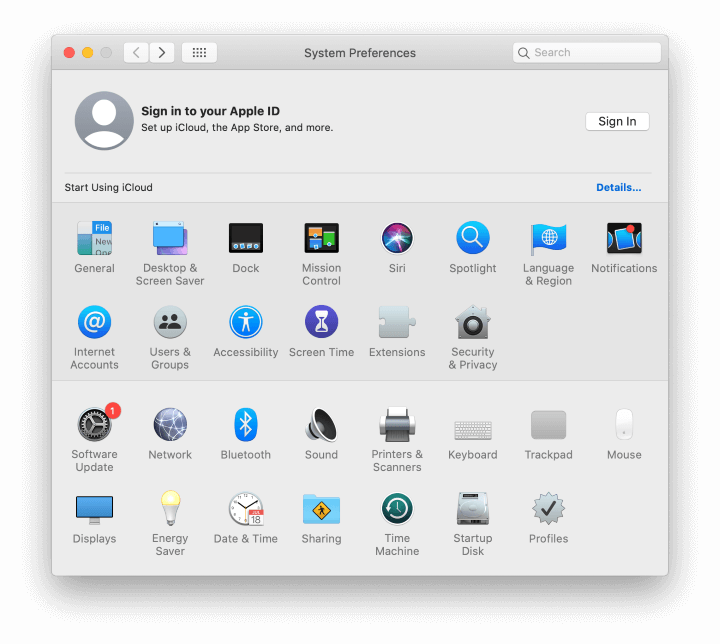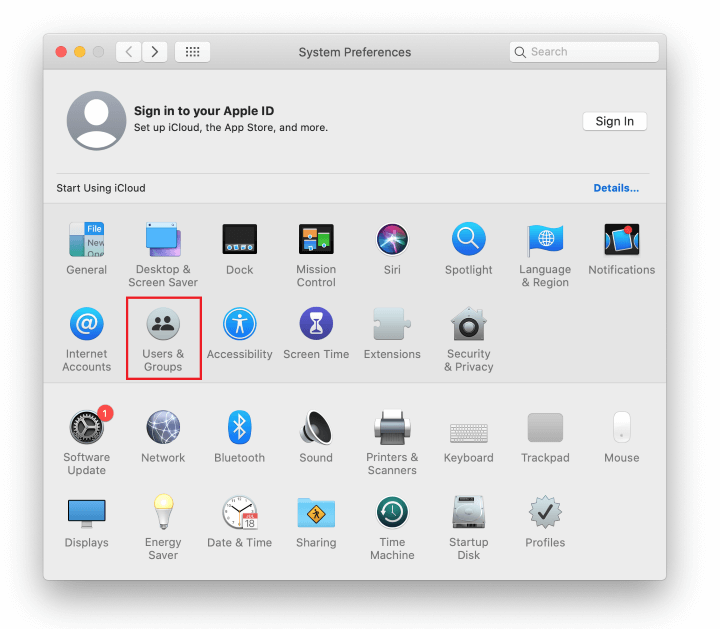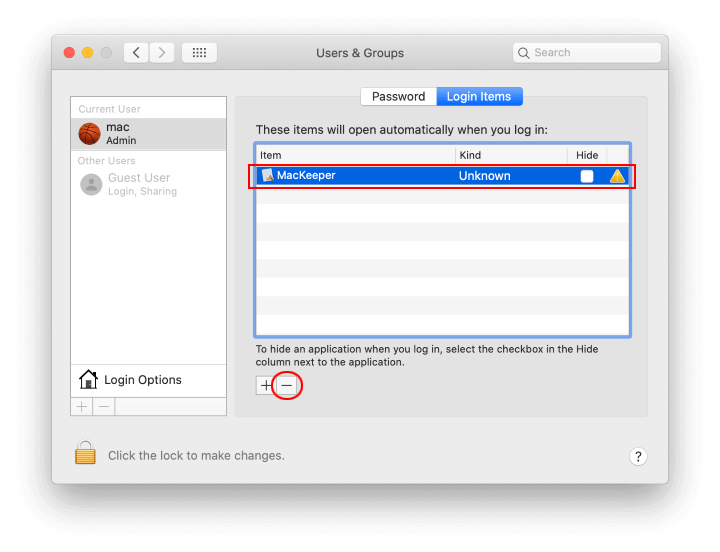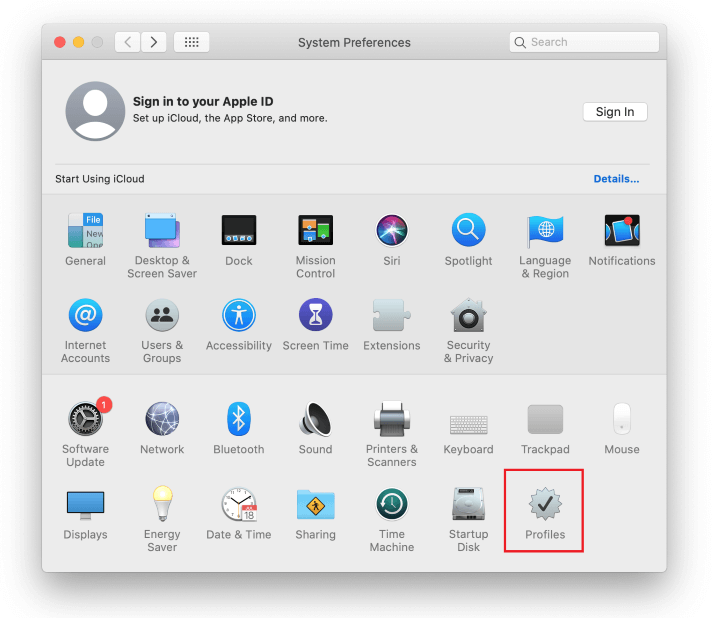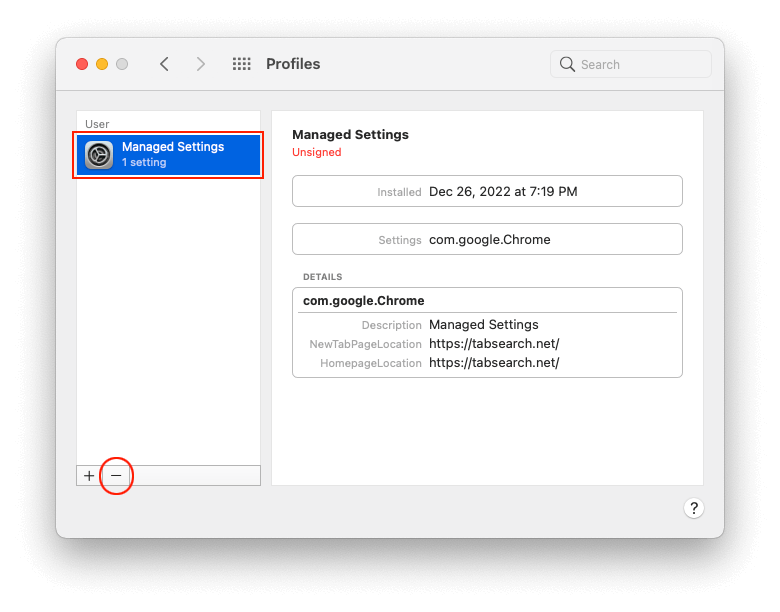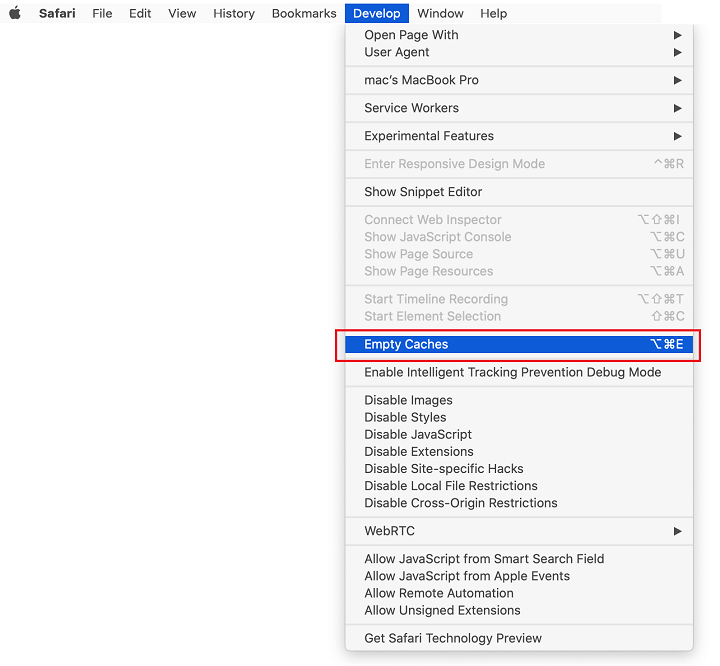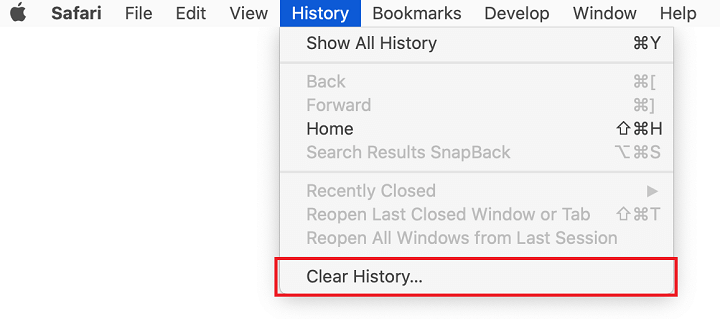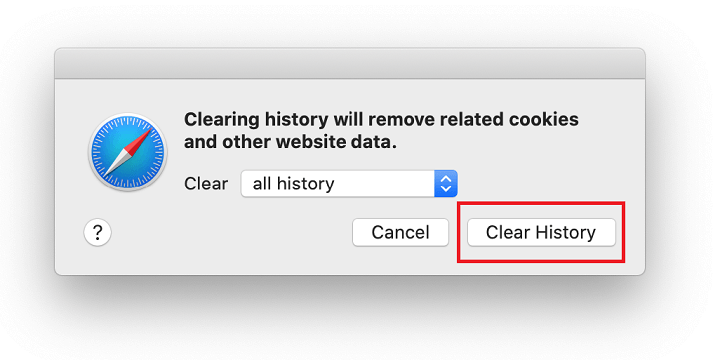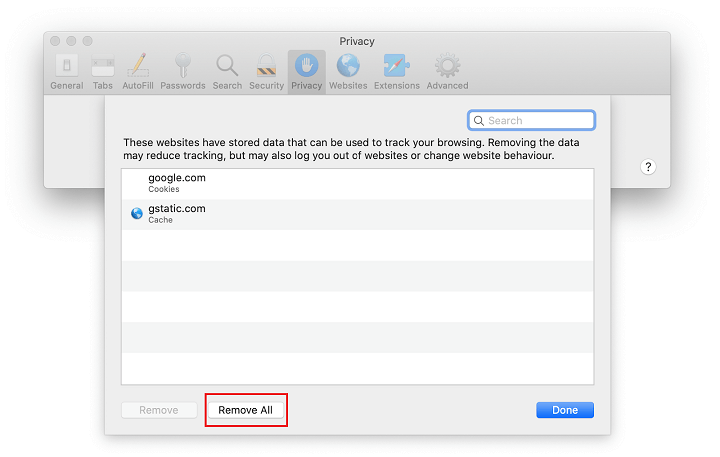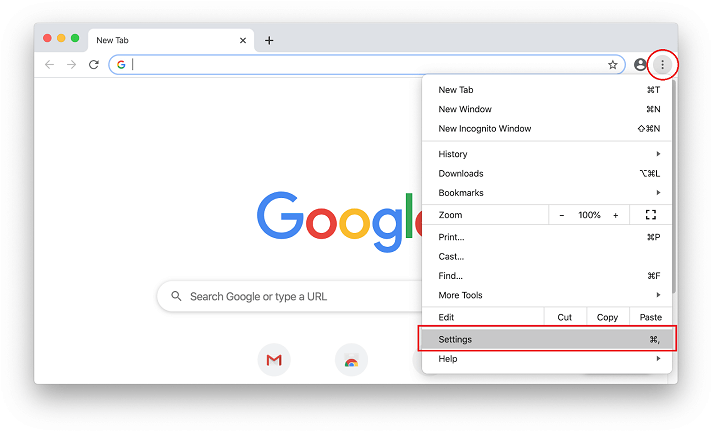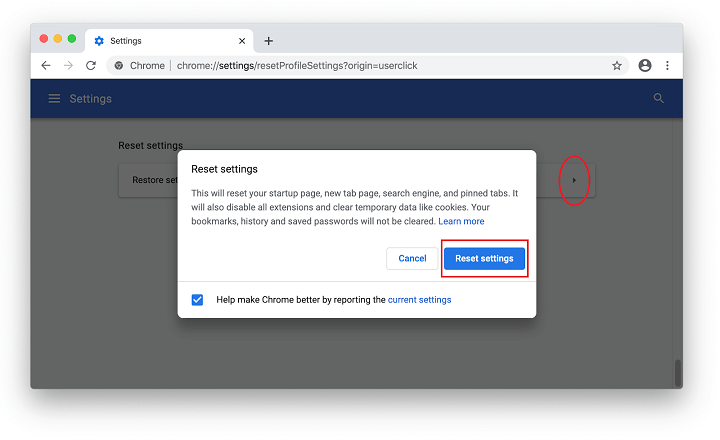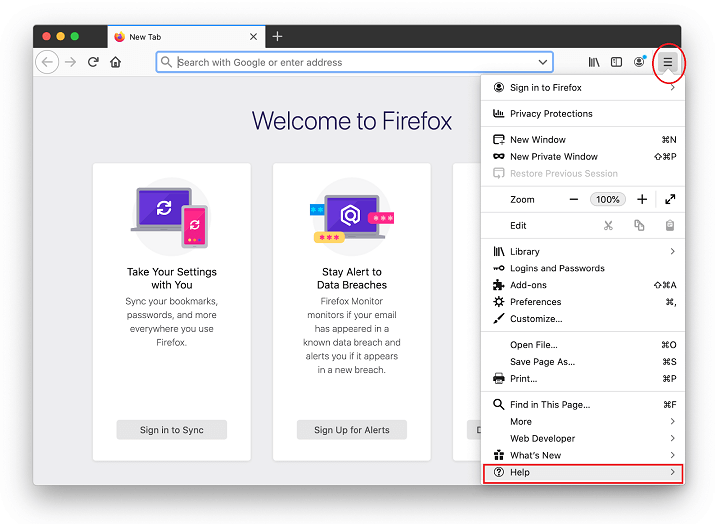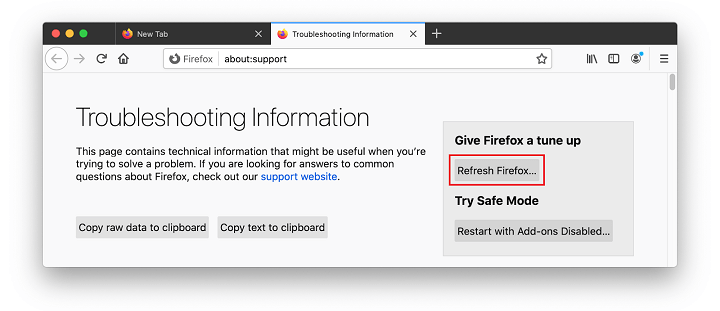Not only is TabSearch a fake search provider, but it is also a strain of Mac malware that redirects web browsers to Yahoo without permission.
What is TabSearch Yahoo redirect?
The service called TabSearch has an unsavory reputation for a reason. Over the years, it has been involved in adverse traffic reorganization schemes that put Mac users’ consent out of the equation. The problem is that the tricky landing page, tabsearch.net, relies on malware that slithers its way into systems and tweaks web surfing settings to its own advantage. In the upshot of this, the victim can no longer control their main preferences in Google Chrome, Safari, and Mozilla Firefox and experiences incessant redirects to the site they never agreed to visit. Quasi-legitimacy of this whole stratagem is attained by ultimately forcing hits to genuine Yahoo Search results, which makes people strongly perplexed over the bizarre rabbit hole of browser chaos they end up falling into.

Let’s try to clarify things a bit. Understanding the ins and outs of this scenario is a matter of knowing how the Mac adware economy works. The cybercrooks in charge of such campaigns try to monetize their control of users’ browser customizations through a series of rerouting steps in which two entities play a major role. Firstly, it’s about sketchy online advertising platforms that a blind eye to the origin of the traffic they obtain and pay for the leads no matter what triggered them. Secondly, it’s about trustworthy services whose verification algorithms fail to red-light some suspicious partnership attempts from impostors. In the case of the TabSearch malware, every victim’s web browsing trail inconspicuously passes through shadowy ad networks en route to authentic results at search.yahoo.com. The twofold benefit for the bad folks is that they get paid by both parties mentioned above. Unfortunately, light-fingered individuals are fairly adept at gaming the affiliate offerings of Yahoo.
Whereas all top browsers across the macOS ecosystem are susceptible to this infection vector, the TabSearch Chrome issue has been gaining momentum in pace with the growing popularity of Google’s app. In this particular situation, the issue manifests itself in a few peculiar ways. A quick way to tell whether or not the pest is in is to open the browser’s main menu (called “Customize and control Google Chrome”). The phrase “Managed by your organization” at the bottom of the list is a telltale sign of the problem unless of course the computer is supervised by a corporate network administrator for real. Mac malware samples that mess around with people’s Internet navigation are pulling this trick all the time. The logic is that the functioning of the browser fits the malefactors’ plan, and the user can’t revert this effect through regular manipulations.

The gist of this hurdle lies in a Mac configuration profile added by TabSearch malware as part of its incursion. Profiles can be amazingly helpful as long as they are created for benign purposes. Again, the classic example is a network admin preventing employee foul play through policy enforcement that involves certain restrictions on the web browsing side of things. The feature is too awesome for malicious actors to walk by, and so they often harness it to narrow one’s web surfing patterns down to specific URLs. This is how tabsearch.net takes over Chrome, Safari, and other browsers. And this is also why the related malware has gained notoriety for being persistent. It turns out that removing the device profile that doesn’t belong there paves the way for a hassle-free fix.

Every instance of the TabSearch Yahoo redirect frenzy commences with infiltration of the harmful app into the Mac. This event can only happen if the would-be victim stays clueless about it all the way; otherwise, no sane person would ever download and install a piece of straight-up malware. To veil the threat, its makers add it to multi-item installation clients that list the innocuous part of the bundle while keeping the rest in fine print few people read these days. Those are usually freeware installation packages promoted via dodgy ads and clickbait schemes. The best way to treat such offers is to ignore them, but if that’s not an option, it’s strongly recommended to deselect whatever redundant or suspicious is in the list. Everybody slips up, though. If this culprit has made it into your Mac, the following tips will help you remove it and reinstate the correct preferences.
TabSearch malware manual removal for Mac
The steps listed below will walk you through the removal of this malicious application. Be sure to follow the instructions in the specified order.
- Expand the Go menu in your Mac’s Finder bar and select Utilities as shown below.

- Locate the Activity Monitor icon on the Utilities screen and double-click on it.

- In the Activity Monitor app, look for a process that appears suspicious. To narrow down your search, focus on unfamiliar resource-intensive entries on the list. Keep in mind that its name isn’t necessarily related to the way the threat is manifesting itself, so you’ll need to trust your own judgement. If you pinpoint the culprit, select it and click on the Stop icon in the upper left-hand corner of the screen.

- When a follow-up dialog pops up asking if you are sure you want to quit the troublemaking process, select the Force Quit option.

- Click on the Go menu icon in the Finder again and select Go to Folder. You can as well use the Command-Shift-G keyboard shortcut.

- Type /Library/LaunchAgents in the folder search dialog and click on the Go button.

- Examine the contents of the LaunchAgents folder for dubious-looking items. Be advised that the names of files spawned by malware may give no clear clues that they are malicious, so you should look for recently added entities that appear to deviate from the norm.
As an illustration, here are several examples of LaunchAgents related to mainstream Mac infections: com.updater.mcy.plist, com.avickUpd.plist, and com.msp.agent.plist. If you spot files that don’t belong on the list, go ahead and drag them to the Trash.

- Use the Go to Folder lookup feature again to navigate to the folder named ~/Library/Application Support (note the tilde symbol prepended to the path).

- When the Application Support directory is opened, identify recently generated suspicious folders in it and send them to the Trash. A quick tip is to look for items whose names have nothing to do with Apple products or apps you knowingly installed. A few examples of known-malicious folder names are com.TabSearch/TabSearch and com.TabSearchDaemon/TabSearch.

- Enter ~/Library/LaunchAgents string (don’t forget to include the tilde character) in the Go to Folder search area.

- The system will display LaunchAgents residing in the current user’s Home directory. Look for com.TabSearch.plist and other dodgy items related to tabsearch.net virus (see logic highlighted in subsections above) and drag the suspects to the Trash.

- Type /Library/LaunchDaemons in the Go to Folder search field.

- In the LaunchDaemons path, try to pinpoint the files the malware is using for persistence. Several examples of such items cropped by Mac infections are com.TabSearchDaemon.plist, com.startup.plist, and com.ExpertModuleSearchDaemon.plist. Delete the sketchy files immediately.

- Click on the Go menu icon in your Mac’s Finder and select Applications on the list.

- Find TabSearch or another app that clearly doesn’t belong there and move it to the Trash. If this action requires your admin password for confirmation, go ahead and enter it.

- Expand the Apple menu and select System Preferences.


- Proceed to Users & Groups and click on the Login Items tab.
The system will display the list of items launched when the computer is starting up. Locate the potentially unwanted app there and click on the “-” (minus) button.

- Now select Profiles under System Preferences. Look for a malicious item in the left-hand sidebar. Several examples of configuration profiles created by Mac adware include TechSignalSearch, MainSearchPlatform, AdminPrefs and Safari Preferences. Select the offending entity and click on the minus sign at the bottom to eliminate it.

If your Mac has been infiltrated by adware, the infection will most likely continue to hold sway over your default web browser even after you remove the underlying application along with its components sprinkled around the system. Use the browser cleanup instructions below to address the remaining consequences of this attack.
Get rid of tabsearch.net in web browser on Mac
To begin with, the web browser settings taken over by the TabSearch virus should be restored to their default values. Although this will clear most of your customizations, web surfing history, and all temporary data stored by websites, the malicious interference should be terminated likewise. The overview of the steps for completing this procedure is as follows:
- Remove tabsearch.net malware in Safari
- Open the browser and go to Safari menu. Select Preferences in the drop-down list.

- Once the Preferences screen appears, click on the Advanced tab and enable the option saying “Show Develop menu in menu bar”.

- Now that the Develop entry has been added to the Safari menu, expand it and click on Empty Caches.

- Now select History in the Safari menu and click on Clear History in the drop-down list.

- Safari will display a dialog asking you to specify the period of time this action will apply to. Select all history to ensure a maximum effect. Click on the Clear History button to confirm and exit.

- Go back to the Safari Preferences and hit the Privacy tab at the top. Find the option that says Manage Website Data and click on it.

- The browser will display a follow-up screen listing the websites that have stored data about your Internet activities. This dialog additionally includes a brief description of what the removal does: you may be logged out of some services and encounter other changes of website behavior after the procedure. If you’re okay with that, go ahead and click on the Remove All button.

- Restart Safari
- Open the browser and go to Safari menu. Select Preferences in the drop-down list.
- Remove TabSearch Chrome malware
- Open Chrome, click the Customize and control Google Chrome (⁝) icon in the top right-hand part of the window, and select Settings in the drop-down

- When on the Settings pane, select Advanced
- Scroll down to the Reset settings section.

- Confirm the Chrome reset on a dialog that will pop up. When the procedure is completed, relaunch the browser and check it for malware activity.

- Open Chrome, click the Customize and control Google Chrome (⁝) icon in the top right-hand part of the window, and select Settings in the drop-down
- Remove tabsearch.net in Mozilla Firefox
- Open Firefox and go to Help – Troubleshooting Information (or type about:support in the URL bar and press Enter).


- When on the Troubleshooting Information screen, click on the Refresh Firefox button.

- Confirm the intended changes and restart Firefox.
- Open Firefox and go to Help – Troubleshooting Information (or type about:support in the URL bar and press Enter).
Get rid of TabSearch malware using Combo Cleaner removal tool
The Mac maintenance and security app called Combo Cleaner is a one-stop tool to detect and remove TabSearch virus. This technique has substantial benefits over manual cleanup, because the utility gets hourly virus definition updates and can accurately spot even the newest Mac infections.
Furthermore, the automatic solution will find the core files of the malware deep down the system structure, which might otherwise be a challenge to locate. Here’s a walkthrough to sort out the TabSearch issue using Combo Cleaner:
- Download Combo Cleaner installer. When done, double-click the combocleaner.dmg file and follow the prompts to install the tool onto your Mac.
By downloading any applications recommended on this website you agree to our Terms and Conditions and Privacy Policy. The free scanner checks whether your Mac is infected. To get rid of malware, you need to purchase the Premium version of Combo Cleaner.
- Open the app from your Launchpad and let it run an update of the malware signature database to make sure it can identify the latest threats.
- Click the Start Combo Scan button to check your Mac for malicious activity as well as performance issues.

- Examine the scan results. If the report says “No Threats”, then you are on the right track with the manual cleaning and can safely proceed to tidy up the web browser that may continue to act up due to the after-effects of the malware attack (see instructions above).

- In case Combo Cleaner has detected malicious code, click the Remove Selected Items button and have the utility remove TabSearch threat along with any other viruses, PUPs (potentially unwanted programs), or junk files that don’t belong on your Mac.

- Once you have made doubly sure that the malicious app is uninstalled, the browser-level troubleshooting might still be on your to-do list. If your preferred browser is affected, resort to the previous section of this tutorial to revert to hassle-free web surfing.
